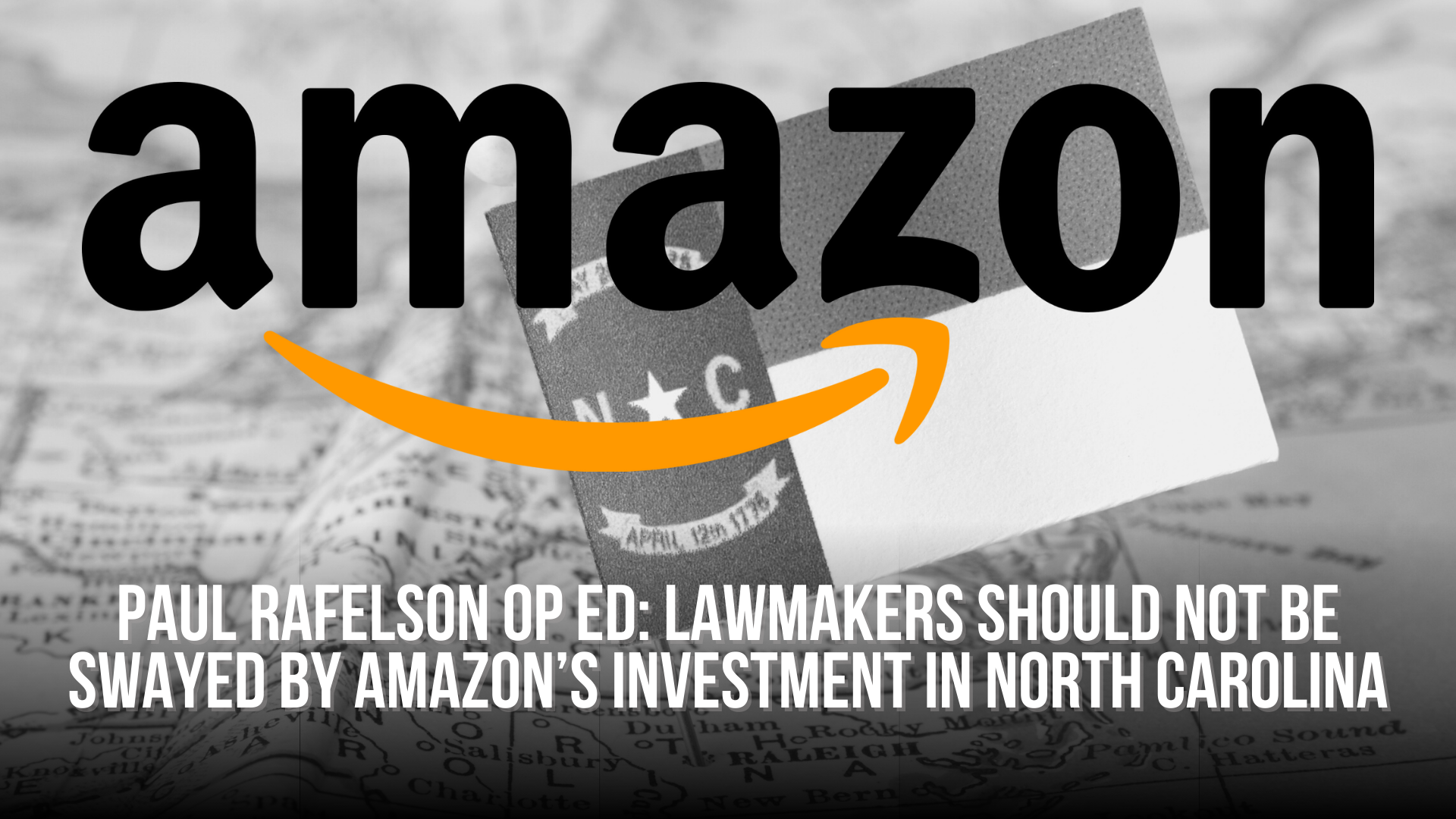John Hood: Feds blew it on COVID relief
By John Hood
Raleigh — If ever there was justification for sudden, expedited, large-scale federal expenditure, the COVID crisis was it. Americans faced a deadly pandemic. Governmental responses to it — some prudent, others panicky — had suppressed mobility, economic activity, and even basic personal freedoms to an unprecedented degree. Some federal relief was necessary.
As is now clear, however, Congress and two different presidential administrations flubbed the federal response the COVID crisis. They borrowed and spent far too much money, often in haphazard and ineffective ways, with too few safeguards against abuse. If your preferred approach to public policy assumes that federal officials have the capacity or incentives to make wise and precisely timed interventions, it’s time to rethink your position.
The sheer scale of Washington’s COVID response boggles the mind. From the early days of the pandemic to the inaccurately named American Rescue Plan of 2021, the federal government authorized $5.7 trillion in spending. Some of the money was sent directly to taxpayers or expended by federal agencies. Other funds were directed to state and local governments or administered by banks and other private firms.
Because the federal budget was already wildly out of balance before the crisis began, all this new federal spending was simply added to the national debt. Deficits that had been projected at a bit over $1 trillion a year turned into a $3 trillion deficit in 2020 and elevated deficits for the next few years. According to Manhattan Institute senior fellow Brian Riedl, the national debt had been projected to rise from $17 trillion before the pandemic to about $29 trillion by the end of the decade (largely as a result of expenditure growth in Social Security, Medicare, and Medicaid, which comprise most of the federal budget). Now, the best estimate is that the debt will reach $36 trillion by the end of the decade.
Although plenty of people have tried to hoodwink themselves into believing such massive fiscal imbalances don’t matter, reality can’t be fooled. The rebirth of inflation as a serious economic and political problem is no coincidence. Nor it is just a fleeting effect of a few logistical bottlenecks. It’s the inevitable result of too much money chasing too few goods — of “stimulus” checks thrown about with reckless abandon, of the Federal Reserve monetizing the surging debt, and of labor shortages that had their origins in the perverse incentives of federal handouts.
During the early stages of COVID, it made sense to use the unemployment-insurance system to cushion the blow to displaced workers, especially because so many job losses were the result of shutdown orders by governments. Predictably, though, policymakers expanded the program’s funding and eligibility too much and for too long.
As the American Enterprise Institute’s Matt Weidinger has pointed out, one consequence was massive UI fraud. Of the nearly $900 billion in UI payments during the height of COVID, around $163 billion were paid improperly, either through mistakes or outright fraud. Something similar happened with the Supplemental Nutrition Assistance Program, what used to be called food stamps. According to Weidinger’s AEI colleague Angela Rachidi, cash redemptions of SNAP benefits at retail stores shot up by $22 billion in 2020. “More benefits flowing through retailers will mean more SNAP benefits trafficked,” Rachidi wrote.
Here in North Carolina, there’s abundant evidence of another serious flaw with the federal government’s COVID relief packages: they gave states and localities far more (borrowed) federal funds than were needed to address their real fiscal or public-health needs. The city of Raleigh, for example, received $73 million. John Locke Foundation analyst Paige Terryberry reported that as of late March, Raleigh has allocated only 3% of that total. Other North Carolina cities and counties have spent a bit more of their largesse, but often on items or projects with little relevance to the COVID crisis and its aftermath.
The federal government’s fiscal response to COVID was excessive, poorly targeted, and badly administered. Its costs will burden us for many years to come.




